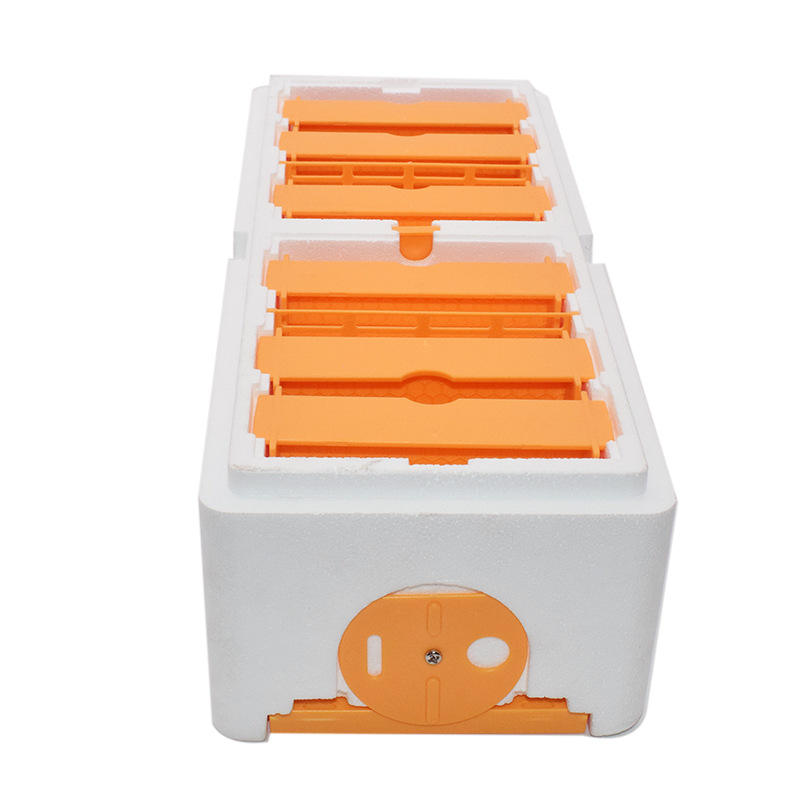In the fascinating world of beekeeping, the art of queen making stands as a crowning achievement. This intricate process is vital for the continuation of bee colonies and is a testament to the remarkable social structure of honeybees.
Queen making is a natural occurrence within a hive when the existing queen bee is aging or when the colony decides to split. The process begins with the selection of queen cells, which are larger than worker cells and are often found on the bottom board of the hive. Worker bees identify a young, healthy larva and begin to feed it with a special substance known as royal jelly, which is rich in nutrients and proteins.
The royal jelly is the key to queen making. It is believed that the unique composition of this substance triggers the development of a queen bee from the larva. Over the course of her development, the larva is fed an increasing amount of royal jelly, which is produced by the hypopharyngeal glands of worker bees.
As queen making progresses, the larva undergoes a transformation. Unlike worker bees, which develop from fertilized eggs and have a diet of both royal jelly and pollen, a queen bee develops from a fertilized egg that is fed exclusively royal jelly throughout her larval stage. This exclusive diet is what allows the larva to develop into a queen, with a larger body size and the ability to reproduce.
Approximately 16 days after the queen cell is capped, a new queen will emerge. She is the epitome of the hive’s reproductive power. The first task of the new queen is to mate with multiple drones, storing their genetic material for the rest of her life. After mating, she will return to the hive and begin her primary role of laying eggs, which can number in the thousands each day.

However, queen making is not just a natural phenomenon; it is also a skillful practice among beekeepers. Artificial queen making involves grafting a day-old larva into a queen cell and placing it in the hive. This method allows beekeepers to control the genetics of their queen bees, selecting for traits such as disease resistance, honey production, and gentle temperament.
The importance of queen making cannot be overstated. A healthy, productive queen is the cornerstone of a thriving bee colony. She is responsible for the genetic diversity of the hive and ensures the survival of the colony by laying eggs that will become the next generation of worker and drone bees.
In conclusion, queen making is a royal affair, a biological marvel that underpins the success of beekeeping. Whether through natural processes or the careful intervention of beekeepers, the queen bee is the lifeblood of the hive, and her creation is a process that deserves our admiration and respect.
This article delves into the natural and artificial processes of queen making, highlighting its significance in the life of a bee colony and the practice of beekeeping.

